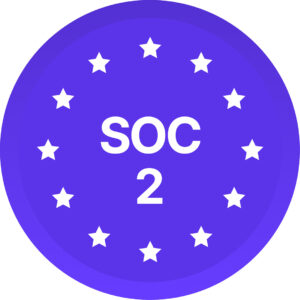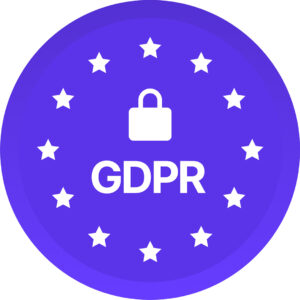What is Women’s Equality Day?
From 1878 to 1920, women’s rights advocates worked tirelessly to pass the amendment. States that passed comprehensive suffrage acts in each state were also known to enact male-only voting laws. Some suffragists challenged these laws in the courts. Others used more severe tactics such as hunger strikes and picketing. Supporters were often met with harsh resistance from their opponents.
In May 1919, the House of Representatives approved the amendment. Two weeks later, the Senate followed suit. On August 26, 1920, the amendment was ratified by Tennessee.The campaign for women’s suffrage was long and difficult, but it did not guarantee full enfranchisement. Many women remained unable to vote due to discriminatory state voting laws.
In 1971, the US Congress established August 26 as Women’s Equality Day. The day was established to commemorate the passage of the 19th Amendment, which granted women the right to vote. This historic event was also the beginning of a peaceful civil rights movement to redefine feminism.
How this changed the Political Landscape
As we celebrate the passage of the amendment, it is important to reflect on its complex legacy and reality. While it has been instrumental in the fight for equality, its expansion was also compromised by a narrow vision of what should be achieved.
The supporters of the white suffragists had the direct goal of obtaining the right to vote. These breakthrough rights did not extend to women of colour who were left behind in this movement. This dichotomy served as a reminder that, despite the gains that women have made, they have not always been evenly distributed.
Women of colour continued to face many challenges, many of which are still present today. The intersection between being discrimination based on gender and based on race meant that both the feminist movement and minority rights advocates left their perspectives behind. As we look forward it is important to consider what has to be done to enfranchise women of colour.
What is left to be done?
This year, a record breaking 8.1% of the fortune 500 CEO’s are women of colour. While this represents immense growth, it also highlights the gap between the status quo and an ideal inclusive society. A McKinsey report observed that promotion levels reduce by 75% for women of colour entering C-Suite management.
According to LeanIn.org Indigenous women are paid less, earning only 40% as much as the white male counterparts on average. This trend persists when data is stratified by job type – indicating that even within the same industry Indigenous women are paid categorically less than their peers. To address this gap companies must promote both diverse talent acquisition and equitable promotion structures to ensure there isn’t a bottleneck of diverse talent.
There is growing evidence that diverse organizations outperform their non-diverse counterparts on business metrics such as innovation, growth, employee retention, well-being, and more. Recent changes such as NASDAQ’s mandated diversity targets will function as the catalyst for change. 75% of companies currently listed on the exchange would not qualify for the newly imposed regulations.
Diversio aims to facilitate this shift and guide companies as they embark on their D&I journey. This is done using artificial intelligence to assess, track and improve D&I. By measuring empirical differences in subjective experience, companies can unlock these key inclusion opportunities to achieve their business objectives.
To learn more about the role of data analytics in diversity and inclusion visit www.diversio.com

